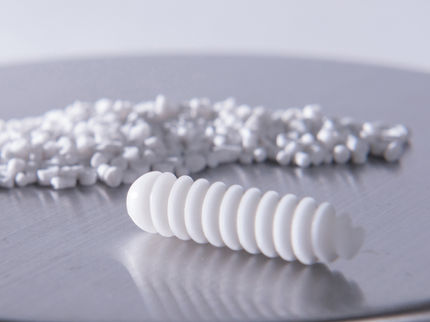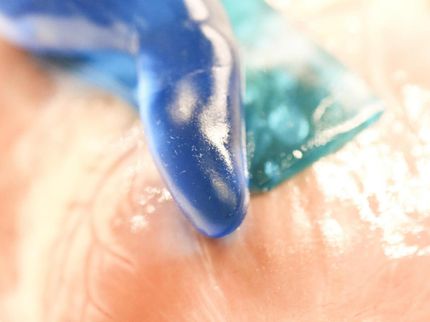New material with built-in vitamin A may reduce scarring
While scarring is a natural part of any healing process, scar formation within our blood vessels can be deadly.
"When injury occurs, cells proliferate and migrate into the blood vessel, creating scar-like tissue," said Northwestern University's Guillermo Ameer. "It can create blockages that impair blood flow."
To prevent scarring and the dangerous damage that follows, Ameer and his team have developed a new biodegradable material with built-in vitamin A, which has been shown to reduce scarring in blood vessels. This soft elastic material can be used to treat injured vessels or be used to make medical devices, such as stents and prosthetic vascular grafts, to give them intrinsic healing properties. Early tests have shown that the material can reduce cell migration -- a major contributor to the scarring process -- by 57 percent.
This research builds on Ameer's earlier work, in which he integrated vitamin C into the structure of a material used to grow tissues and improve the function of vascular grafts. He and his colleagues previously demonstrated that locally applied vitamin A can significantly inhibit scarring in blood vessels. In his new work, vitamin A is integrated into the material, harnessing the beneficial properties of vitamin A and allowing for its broader application in medical devices.
"The original antioxidant material is based on citric-acid and has antioxidant properties," Robert van Lith, a postdoctoral fellow in Ameer's lab explained. "It has groups that react with other acids. By using an acid form of vitamin A, we linked it directly to the material."
This new advanced material brings together two major advantages. Its antioxidant component can reduce the oxidative stress that leads to chronic inflammation. And the vitamin A, which is released as the material degrades, can prevent or reduce scarring.
While the previous material could be used in open-heart surgery, the new version can be used for all endovascular procedures. It can potentially also be used outside the body, such as for wound-healing bandages for diabetic patients. Because the new material releases vitamin A as it degrades, the potential for toxic build up is much lower. Ameer's team can also control how quickly the material degrades -- and thus releases the vitamin A -- depending on how the material is produced in the laboratory.
Next, the team plans to explore the material's potential for additional applications. Vitamin A is already widely known for its anti-aging properties, and topical antioxidants can be used to combat cell damage or improve wound healing.
"Combining these two elements has great potential," van Lith said.
Original publication
Other news from the department science

Get the life science industry in your inbox
By submitting this form you agree that LUMITOS AG will send you the newsletter(s) selected above by email. Your data will not be passed on to third parties. Your data will be stored and processed in accordance with our data protection regulations. LUMITOS may contact you by email for the purpose of advertising or market and opinion surveys. You can revoke your consent at any time without giving reasons to LUMITOS AG, Ernst-Augustin-Str. 2, 12489 Berlin, Germany or by e-mail at revoke@lumitos.com with effect for the future. In addition, each email contains a link to unsubscribe from the corresponding newsletter.






















































